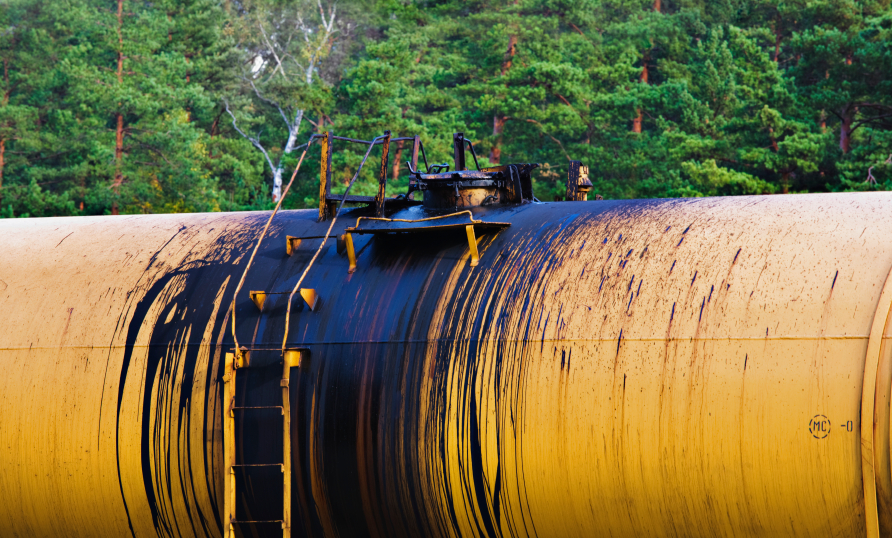 |
Why You Have to Worry About Every AST
Just a note before getting into preventing ruptures. Even if some of your ASTs do not contain a hazardous or regulated substance, their failure could damage nearby tanks that do contain hazardous substances and cause releases. The U.S. Environmental Protection Agency (EPA) can cite a number of such instances.
For example, a 1-million-gallon tank of unregulated liquid fertilizer ruptured and damaged four adjacent tanks. The wave of liquid broke a concrete dike wall and hit five tractor-trailer rigs, pushing two of the rigs into the river. A total of 990,000 gallons (gal) of material were released. More than 800,000 gal of the liquid spilled into a major river. The failure of the initial tank was caused by defective welds.
Imagine watching that nightmare unfold!
Join us for the ASTs and Security webinar on June 17 to learn how to address security concerns over your ASTs. Learn more.
Tips for Preventing Ruptures from ASTs Containing Liquids
Tip 1: Don’t be cavalier around ASTs. Always realize the inherent risk of using and maintaining any storage tanks. Make sure that your employees are aware of the hazards associated with the failure of a liquid storage tank.
Tip 2: When you purchase a tank, insist on seeing the tank’s inspection record. For liquid storage tanks, the most important item to look for is complete penetration and complete fusion of the welds joining shell plates.
Tip 3: Inspect all tanks on a regular basis.
Tip 4: Follow up on problems identified during inspections by conducting repairs or, if necessary, replacing the tank.
Tip 5: Be on the alert for new tank regulations, standards, or recommended practices.
ASTs and Security: Fencing, Lighting and Other Precautionary Measures
Get an overview of how the EPA’s SPCC rules apply to AST security, examples of state-based homeland security codes and permits that may be required. Register now!
Tip 6: Locate storage tanks and design and construct their secondary containment systems so as to separate the contents of a leaking or collapsing tank from the rest of the facility and to prevent any leakage from going off-site.
Tip 7: Develop an emergency plan that addresses a catastrophic tank failure.
Tip 8: Identify the manufacturers of the tanks on the property, being careful to identify any tanks built by companies with historic problems, especially if the company has gone out of business.
Tip 9: Check vent(s) for any blockages by foreign materials, such as snow or ice. Many tank failures have occurred during the winter months, when steel becomes more brittle and when vents can become blocked by snow and ice. If liquid is drawn out of the tank when vents are plugged or restricted, a vacuum may be pulled on the tank causing it to collapse inward.
